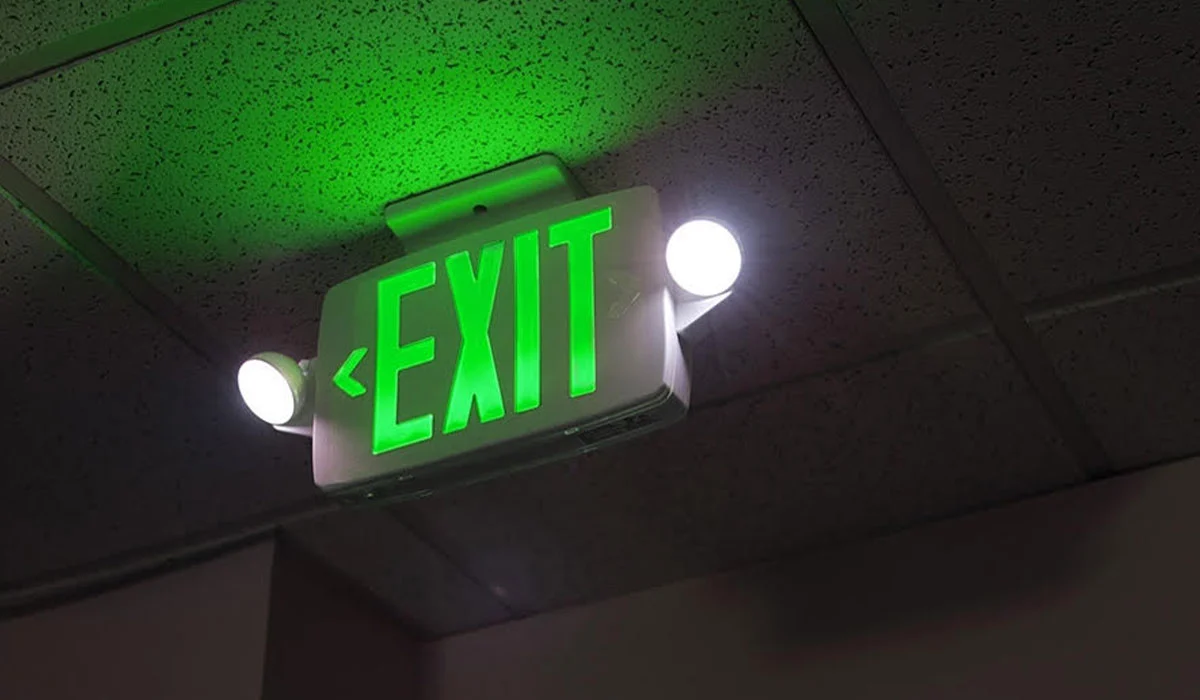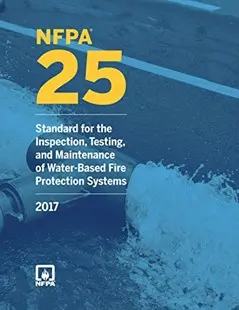
CHECKLISTS / FORMS &
PERMIT APPLICATIONS
AUTOMATIC FIRE SPRINKLER SYSTEM

The industry benchmark for design and installation of automatic fire sprinkler systems, NFPA 13 addresses sprinkler system design approaches, system installation, and component options to prevent fire deaths and property loss.
The purpose of this standard shall be to provide a reasonable degree of protection for life and property from fire through standardization of design, installation, and testing requirements for sprinkler systems, including private fire service mains, based on sound engineering principles, test data, and field experience.

EMERGENCY LIGHTING / EXIT SIGNAGE

Emergency lights are essential safety devices designed to provide illumination during power outages or emergencies. These lights typically use LED technology for efficient and long-lasting performance. They come in various forms, including exit signs, portable lamps, and ceiling-mounted fixtures, ensuring visibility and safety in critical situations.

EXTINGUISHERS

NFPA 10 provides requirements to ensure that portable fire extinguishers will work as intended to provide a first line of defense against fires of limited size.
This standard is prepared for use by and guidance of persons charged with selecting, purchasing, installing, approving, listing, designing, and maintaining portable fire extinguishers and Class D extinguishing agents.

FIRE ALARM SYSTEMS

NFPA 72 provides the latest safety provisions to meet society’s changing fire detection, signaling, and emergency communications demands. In addition to the core focus on fire alarm systems, the Code includes requirements for mass notification systems used for weather emergencies; terrorist events; biological, chemical, and nuclear emergencies; and other threats.

FIRE PUMP / STANDPIPE SYSTEMS

NFPA 14 provides requirements for the installation of standpipes and hose systems to ensure that systems will work as intended to deliver adequate and reliable water supplies in a fire emergency.
Standpipe and hose systems are critical components of fire protection in commercial and industrial facilities. They provide a means for firefighters to quickly and effectively extinguish fires, which can help to minimize damage and protect lives and property. The NFPA 14 standard is a widely recognized and accepted standard, and it is often used as the basis for local and state codes and regulations

GENERATOR

NFPA 72 provides the latest safety provisions to meet society’s changing fire detection, signaling, and emergency communications demands. In addition to the core focus on fire alarm systems, the Code includes requirements for mass notification systems used for weather emergencies; terrorist events; biological, chemical, and nuclear emergencies; and other threats.

KITCHEN EXHAUST DUCT CLEANING

NFPA 72 provides the latest safety provisions to meet society’s changing fire detection, signaling, and emergency communications demands. In addition to the core focus on fire alarm systems, the Code includes requirements for mass notification systems used for weather emergencies; terrorist events; biological, chemical, and nuclear emergencies; and other threats.

KITCHEN EXHAUST / VENTILATION SYSTEM

NFPA 72 provides the latest safety provisions to meet society’s changing fire detection, signaling, and emergency communications demands. In addition to the core focus on fire alarm systems, the Code includes requirements for mass notification systems used for weather emergencies; terrorist events; biological, chemical, and nuclear emergencies; and other threats.

KITCHEN EXHAUST / VENTILATION SYSTEM

NFPA 72 provides the latest safety provisions to meet society’s changing fire detection, signaling, and emergency communications demands. In addition to the core focus on fire alarm systems, the Code includes requirements for mass notification systems used for weather emergencies; terrorist events; biological, chemical, and nuclear emergencies; and other threats.

WATER BASED FIRE PROTECTION SYSTEMS

It’s vital for a fire sprinkler inspection to conducted on a quarterly, semi-annual, or annual basis to confirm your system is up to code and working properly.
These inspections must be conducted by a fire safety professional who is certified and knowledgeable on the subject matter.
If you are unsure of what needs to be inspected during the quarterly, semi-annual, or annual fire sprinkler inspection, then check out our checklist(s) provided below. These checklist(s) are applicable to both wet and dry-pipe sprinkler systems
You can find more about what equipment needs inspected or tested and how often by reviewing the National Fire Protection Association’s (NFPA) list of NFPA codes & standards.




